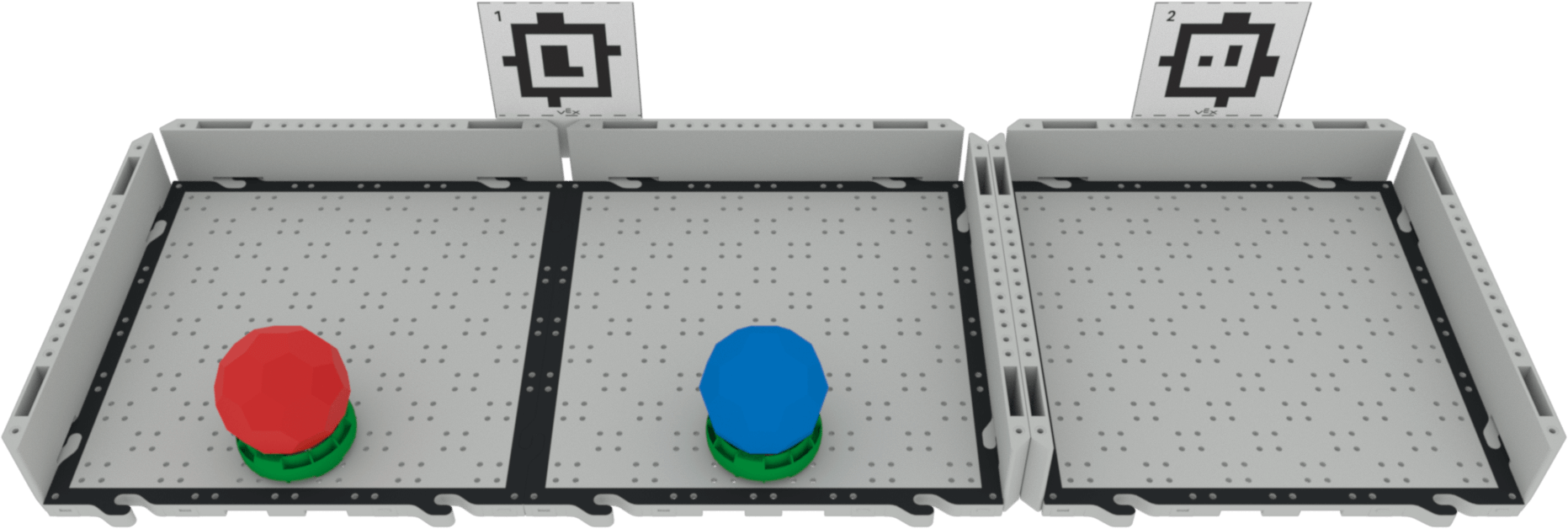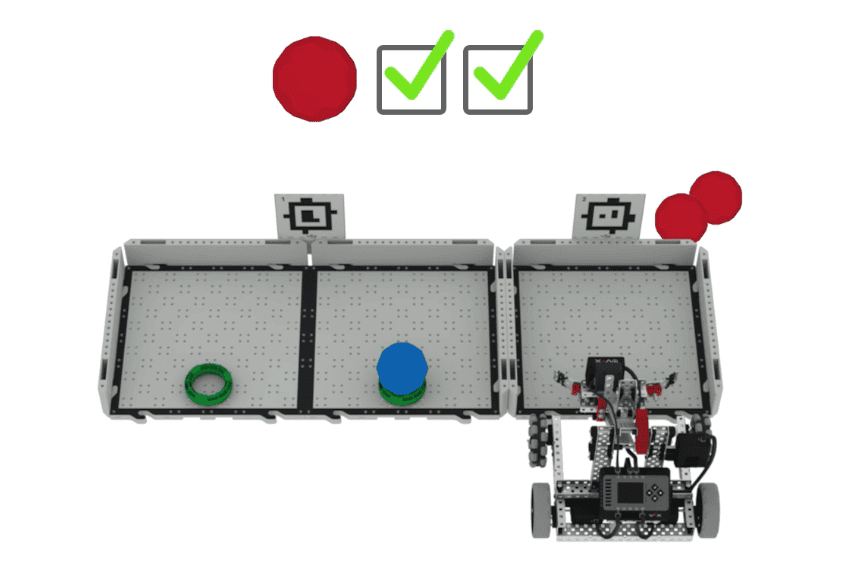Stage Briefing
Welcome to the first stage of your mission: identifying and transporting contaminated water to the treatment area. Here, the water will be purified through reverse osmosis. In this process, water is forced under high pressure through a special membrane. This membrane is designed to allow water molecules to pass through, while blocking contaminants, like salts, bacteria, viruses, chemicals, and other impurities.
This is the first crucial step in automating the innovative portable water treatment system your team is developing. In this stage, you’ll need to code your robot to recognize contaminated water and safely move it to the treatment area.
You will solve the challenge using the three-phase process of Planning, Pseudocoding, and Building and Testing, checking in with your teacher after each phase. Your team will be evaluated using the Clean Water Mission Rubric. You can revisit the Clean Water Mission Overview at any time to review the process or rubric information.
Challenge Details
Setup
The Contaminated Water Challenge uses the collection and treatment areas, as shown here. The collection area on the left consists of two Tiles, and the treatment area on the right is a single Tile. Each area is identified by an AprilTag.
Buckyballs are used to represent the water. The red Buckyball represents contaminated water, and the blue Buckyball represents clean water. Each Buckyball sits on a green Ring in the collection area, to keep it in place during the challenge.

Challenge Document
The Challenge Document details the key information and criteria for solving the Contaminated Water Challenge. It is important to read the Challenge Document together with your team to be sure you understand the setup and requirements for completing the challenge. You can use this resource to help you document the challenge in your engineering notebook as well.
The goal of the Contaminated Water Challenge is to identify the contaminated water in the collection area, and deliver it to the treatment area of the water treatment system twice.
Read the Challenge Document to learn about the details of the Contaminated Water Challenge.
By the end of the Contaminated Water Challenge, contaminated water will be identified and delivered to the treatment area. Once the contaminated water is delivered by the robot, it can be removed by hand and placed behind the wall of that area, as shown below. You can return to the Clean Water Mission Unit Overview at any time for additional resources to help you as you work through this Stage.
Final Review
Once your team has completed the Contaminated Water Challenge, meet with your teacher to review your progress throughout all of the phases of the challenge. You will complete the rubric together. It will evaluate your team’s planning, pseudocode, coding project, collaboration, and usage of the AI Vision Sensor.
Clean Water Mission Open-Ended Challenge Rubric
Wrap Up Reflection
Once you have completed the Contaminated Water Challenge, it is time to reflect on your process and progress. First, answer the questions below in your engineering notebook. Then, meet again as a team to share and discuss your answers with one another.
- How accurately did your team complete the challenge? What specific actions or decisions contributed to this outcome? What improvements could you make to your project?
- What data did your team use from the AI Vision Sensor? How did that data impact your team's ability to complete the challenge?
- What role did you play in your team during this challenge? How did your contributions help to reach team goals? How would you improve on your ability to collaborate effectively?
- How could the skills and knowledge you gained from this challenge be applied to future challenges, or to real-world problems?
- What aspect of this challenge did you find most difficult, and what did you learn by working through it?